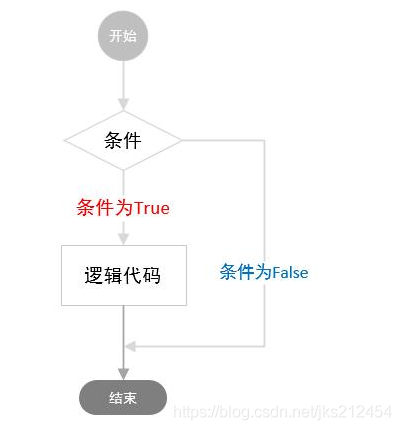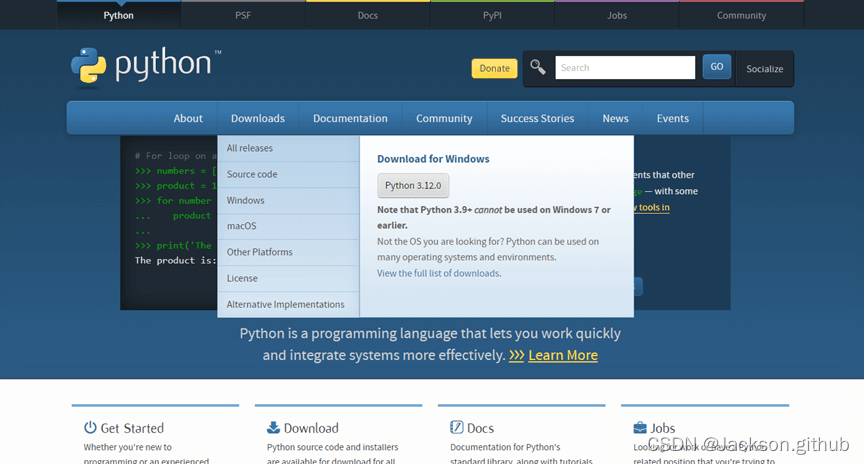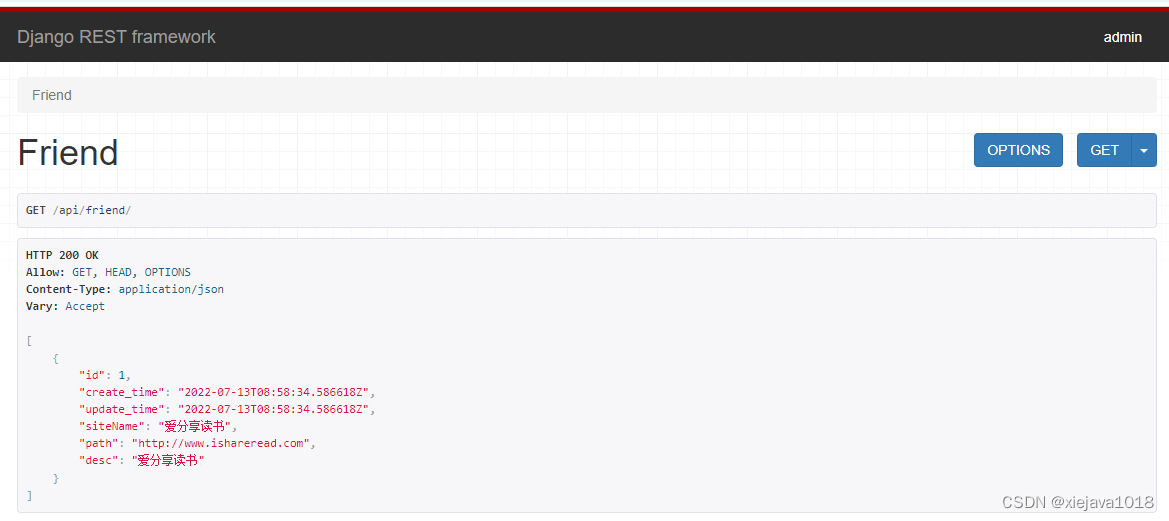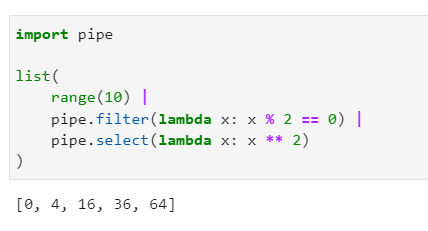本文实例讲述了Python原始字符串与Unicode字符串操作符用法。分享给大家供大家参考,具体如下:
#coding=utf8
'''''
在原始字符串里,所有的字符串都是直接按照字面的意思来使用,
没有转义特殊或不能打印的字符。
正则表达式是一些告诫搜索匹配方式的字符串,
通过是由代表字符、分组、匹配信息、变量名、字符类等的特殊符号组成。
在原始字符串紧靠第一个引号前,需要加上r或R字母,来表示该字符是原始字符串。
原始字符串和普通字符串有这几乎完全相同的语法。
Unicode字符串操作符,大写的U和小写的u是在Python1.6中和Unicode字符串一起被引入的。
它用来把标准字符串或者包含Unicode字符的字符串转换成完全的Unicode字符串对象。
字符串方法和正则表达式引擎也支持Unicode。
Unicode操作符也可以接受原始Unicode字符串,只要将Unicode操作符和原始字符串操作符连接在一起。
注意:Unicode操作符必须出现在原始字符串操作符前面。
'''
import re
#原始操作符函数
def originalOper():
#不是原始字符表示换行符
print "\n"
#是原始字符表示\n
print r"\n"
try:
#对文件路径加r,不需要对\进行转义
#文件路径中表示斜线
testFile=open(r"E:\PythonDemo\CorePythonBook2\output","r")
for line in testFile.readlines():
#通过格式化字符串
#优先使用repr()函数转换为原始字符
line="%r" %line
#对匹配模式进行加r处理
#匹配的字符转换为原始字符
m=re.search(r"\\[rn]",line)
#字符串中是否包含匹配字符
#如果包含输出该字符串
if m is not None:
print line
except Exception,e:
print e
finally:
testFile.close()
#Unicode操作符函数
def unicodeOper():
print u"abc"
print u"\u1234"
print u"abc\u1234\n"
print ur"Hello\nWorld!"
#调用函数
#输出操作原始字符结果
originalOper()
#输出Unicode字符串
unicodeOper()
运行结果如下:
PS:这里再为大家提供几款Unicode编码转换操作相关工具供大家参考使用:
在线Unicode/中文转换工具:
http://tools.haodaima.com/transcoding/unicode_chinese
Native/Unicode在线编码转换工具:
http://tools.haodaima.com/transcoding/native2unicode
在线中文汉字/ASCII码/Unicode编码互相转换工具:
http://tools.haodaima.com/transcoding/chinese2unicode
希望本文所述对大家Python程序设计有所帮助。
以上就是Python原始字符串与Unicode字符串操作符用法实例分析。口是心非在临床上的表现,不是结结巴巴,而是口口声声。更多关于Python原始字符串与Unicode字符串操作符用法实例分析请关注haodaima.com其它相关文章!





